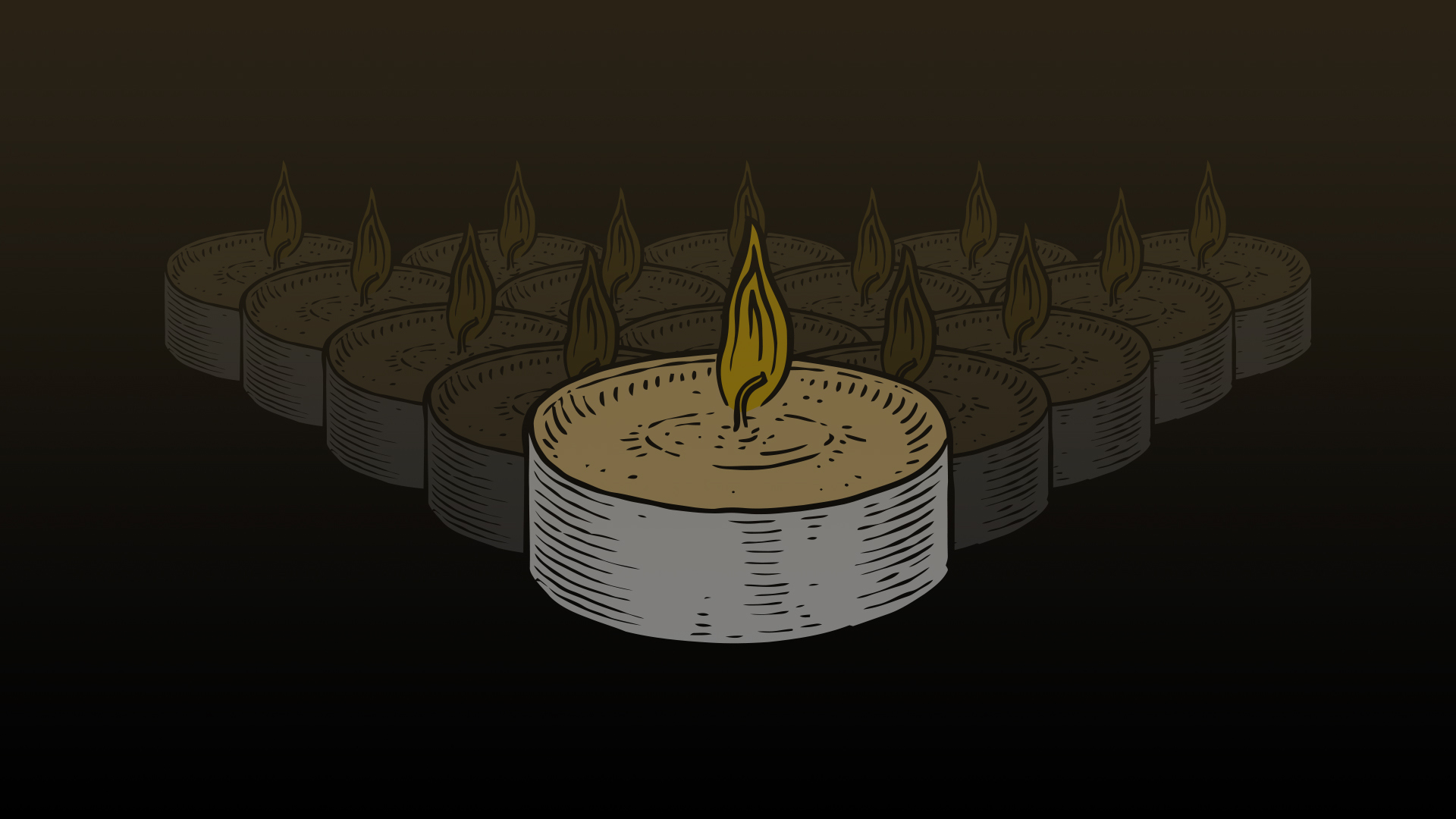
April 28 is the National Day of Mourning, a day to commemorate those who have died or been injured as a result of their job. This year, Canada’s unions are calling on employers and governments to do more to protect workers.
“One workplace death is already too many. Workers deserve to arrive home safely at the end of their workday. No one should die for their job,” said Canadian Labour Congress (CLC) President Hassan Yussuff. “Yet, there were almost one thousand reported workplace deaths in Canada in 2017, and recent research shows us that these statistics on workplace injuries, accidents and illnesses are just the tip of the iceberg,” Yussuff continued. Official numbers only take into account approved compensation claims, leaving out illnesses and deaths that go unreported or claims that are denied, or workers not covered by compensation systems at all.
Workers need better enforcement of existing occupational health and safety legislation, and the Westray sections of the Criminal Code of Canada. Employers need to invest in proven prevention tools, including empowered, well-trained health and safety committees.
Unfortunately, provincial governments across the country – like Ontario and Manitoba –have been weakening health and safety provisions when they should be working to strengthen them. Ontario announced a change in its requirement for basic health and safety certification from the current standard three days of instructor-led, in-class training to a one-day on-line course. And Manitoba introduced changes to its Workplace Safety and Health legislation, eliminating the Chief Prevention Officer position and adding a six-month deadline for workers to report complaints. It also provided new authority for a labour director to dismiss complaints without first starting an investigation.
“The previous federal government weakened the definition of danger in the labour code without any consultation. The right to refuse dangerous work is often a worker’s last line of defence,” said Yussuff. “This government must reinstate the previous definition, that was developed in consultation with workers and employers.”
Canada’s unions have also called on the federal government to better protect workers. This means reinstating the pre-2014 definition of danger in the Canada Labour Code Part II to once again include the right to refuse dangerous work, hiring and training more federal health and safety officers, and enforcing the laws we have including legislated occupational health and safety requirements and the Westray Law.






